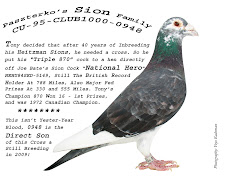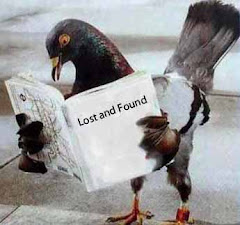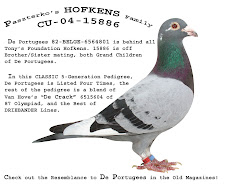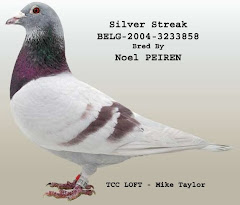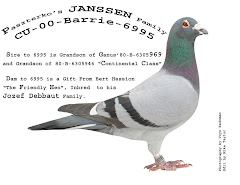The Toronto Star
Friday December 10, 2010
Curtis Rush
Staff Reporter
This red-tailed hawk has been seen eating pigeons and rats at Moss Park.
A red-tailed hawk, showing no fear of people — or anything else for that matter — has set up a killing zone for pigeons in Moss Park.
It lunches on them in broad daylight and in clear view of motorists and pedestrians at the corner of Sherbourne and Queen St. E.
People wandering to and from Moss Park Arena snapped cellphone shots of the hawk devouring a pigeon in a tree on Wednesday, not far from a sidewalk and within steps of the arena’s front doors.
It carried the pigeon to the lowest branch on the tree, and within minutes all that was left of it were the feet and a few feathers — still visible on the branch a day later.
Meanwhile, other pigeon carcasses lay nearby, apparently previous victims.
But observers say the hawk’s diet is not limited to pigeons. Squirrels and rats have reason to fear for their lives, too. And like coyotes found roaming in the city, this hawk is unusual because it seems totally urbanized.
“It seems to like this corner,” said Graham Willcock, who operates Moss Park Arena.
“When I saw it, it was just sitting on the branch cleaning itself with its beak,” said another observer, Ruth Dundas, who was here from Thunder Bay to watch a grandchild participate in hockey camp.
Willcock said the bird has been lurking around the park for three years. He tells a recent story of the hawk on the ground just outside the arena doors, clutching a rat with its talons, as kids walked by, lugging their hockey equipment.
“The kids weren’t scared. They were fascinated,” Willcock said.
Some people weren’t sure whether it was a hawk or a falcon, another raptor species that has taken a liking to downtown Toronto.
But Ron Ridout, a biologist from Bird Studies Canada, a non-profit group that monitors bird populations, confirmed from a photo that it was a red-tailed hawk.
The bird has a brown-streaked belly band on a pale underside, and of course a red tail, which wasn’t visible in the photo.
While falcons are known to take up living quarters in high rise buildings, it’s more natural for hawks to nest in trees, the biologist said.
Red-tailed hawks are quite different from falcons in other ways: they’re bigger, with broader wings. Their hunting styles differ as well.
Falcons normally rely on speed to chase down their prey, while hawks soar high overhead and dive quickly, catching their prey by surprise.
The arena operator at Moss Park said he has seen the hawk strike pigeons right out of the sky. The pigeons have come to sense when the hawk is close by, and will panic and fly off.
Being migratory, red-tailed hawks often fly down to the central United States in the winter. But not all of them; if the supply of food is sufficient, some will stay behind, the biologist said. And this hawk clearly likes the food supply at Moss Park.
However, it is highly unusual “to see them on a street corner eating a pigeon.”
Sympathy for the pigeons was in scarce supply among people outside the arena Thursday. One man, asked if he’d heard about the hawk’s hunting habits, said he hadn’t, but added: “Good for it.”
Read more ...








